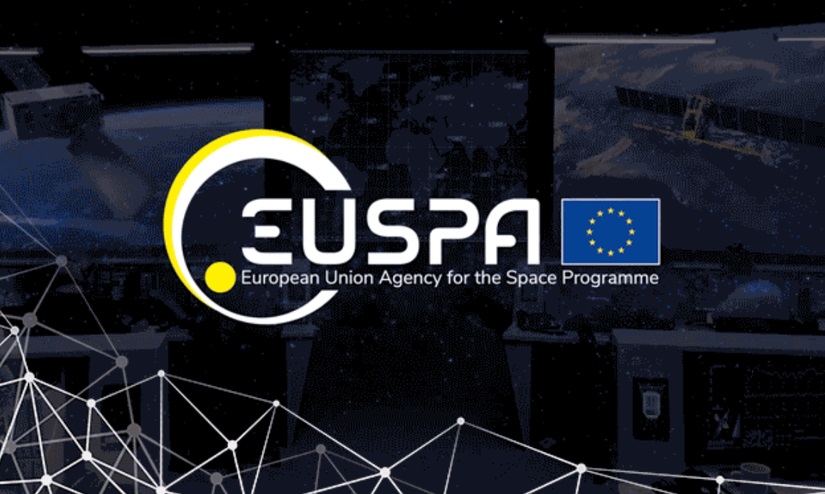In the first in a series of Lessons from a life in salvage, industry legend and former International Salvage Union general manager Mark Hoddinott provides his take on salvage successes, achievements, challenges and regrets. Now brand Marine Consultants (bMC) senior adviser, Mr Hoddinott has 40 years’ experience in salvage and 15 years in shipping.
Where did it all begin in the salvage industry?
After a 15-year career on deepsea ships, from apprentice to master, I was home on leave in July 1982 and seeking a new challenge. I saw an advert in the UK newspaper Daily Telegraph for a trainee salvage master for Hull, UK-based company United Towing Ltd. I applied and got the job.
My best moment in salvage
There have been many ‘best moments’. The thrill of refloating a grounded ship, or getting a shipboard fire under control, cannot be underestimated. The job satisfaction is second to none.
My worst moment in salvage
There have been several ‘worst moments’. Salvors are not always successful, but fortunately the successes outweigh the failures. I suppose the worst one was with roro cargo vessel Stora Korsnas Link 1, which caught fire off the UK northeast coast. Having fought the fire for five days, a containerised cargo of 50 tonnes of sodium chlorate exploded taking the ship, and nearly us, to the bottom of the North Sea. It was a close call.
My biggest achievement
My career path: I became salvage manager in 1991, but after 25 years with United Towing, during which period the company was taken over three times, I moved on to US-based company Titan Salvage. I stayed with them for five years as managing director in Europe and, for a couple of years, general manager for Asia.
I then took up the position of general manager of London-based International Salvage Union, representing the international marine salvage industry at the highest level – a great honour.
Having reached pensionable age, and a little beyond, I stood down after seven very rewarding years. I have not retired though. I accepted a role as senior adviser with bMC, a German company with worldwide offices and staff. Set up by Dennis Brand in 2015, it has become a successful marine and salvage consultancy. Dennis Brand and I were colleagues in Titan Salvage.
Salvage achievements
There have been several major achievements in salvage cases. An early one was with Greece-owned bulk carrier Jimmy, which ran aground off Honfleur in northern France during heavy weather. Our competitors backed away from the salvage saying it could not be done. After a prolonged operation and six attempts, we refloated the ship and redelivered it to the Greek owners in Le Havre, France.
Another success was salvaging 70,000-dwt bulk carrier Benhope off Aqaba, Jordan. Having hit the Frederick Reef in the Gulf of Aqaba, we kept it afloat on compressed air for nearly three months while we fully discharged the grain cargo and effected temporary repairs. Working in the jurisdiction of Jordan was very challenging.
The funniest moment
During the salvage of Benhope, the cargo that was wet began fermenting and giving off a terrible smell. We were instructed by the port authority to place ordinary, domestic air fresheners around the hatch coamings to nullify the smell. It didn’t work of course.
To refloat Gladonia, off southern Ireland, we had to make a long floating rope connection to the tug which could only get to about 0.5 nautical miles off the casualty. We chartered in an 8,000-bhp German tug and successfully connected up. We also had a small Irish tug working for us, Sea Alert, which was only 650 bhp.
I was aboard the German tug supervising the refloating attempt. As we built up power the towline suddenly parted, which took us by surprise. When we recovered the towline, it was apparent the connecting shackle between the floating rope and the tug’s wire pennant had not been dressed properly and had come apart. It was a basic seamanship error.
The funny moment followed swiftly. Sea Alert steamed inshore and picked up the end of the floating rope, put it onto its towing hook and continued towing. Gladonia came afloat and as Sea Alert, with Gladonia in tow, came past the German tug all we could see was a line of six bare Irish bottoms making ‘moonies’ at the German crew.
I learned most from
My mentor, Dennis Pearce. He was United Towing’s senior salvage master when I joined the company. He was a ‘larger than life’ character, and somewhat irascible.
He was an old-fashioned salvor who relied on his gut feeling which rarely failed him. His mantra was ‘hold on to what you have got’, something I practised throughout my career in salvage and it has served me very well.
My guilty pleasure
A Hamlet cigar and a cold beer at the end of a long day during salvage operations. The Hamlets helped me stay awake during the periods of intense and prolonged activity.
My favourite salvage tug
That is easy, United Towing’s Salvageman. It was 12,000 bhp and 170-tonne bollard pull continuous. I spent many a happy and successful time aboard this tug, which was built in Hong Kong in 1980.
My favourite location
It has to be Ireland. I love the country and the people. Salvage operations, of which I did a few, were always fun, rewarding and mostly successful. We always had so much help from the authorities including the Garda [police], coastguard and our local partners.
My one regret
I am not sure I have one. Possibly staying with United Towing too long before I moved to Titan Salvage. United Towing salvage operations were mainly regional, in Europe and Australasia mostly, whereas Titan was a true global salvor and it was not unusual to have as many as five salvage operations running concurrently. Very exciting times. One of the main reasons I am enjoying my role within bMC is their global coverage.
My advice for a young person in salvage
If job satisfaction is the most important factor for a career, then you could do worse than look at salvage. Be prepared to spend long periods away from your family and enjoy the quiet periods at home when they arrive. Never turn your phone off.
Mark Hoddinott
- 1967: started seagoing career with P&O, rising to the position of master marine.
- Served on general cargo, passenger and container ships, oil tankers, bulk carriers, reefers, shortsea ferries and deepsea tugs.
- 1982: joined United Towing Limited as salvage master.
- 2001: appointed salvage manager at Adsteam subsidiary United Salvage.
- 1988-2007: director at Humberside Offshore Training Organisation.
- 2007: moved to Titan Salvage as managing director for Europe and general manager for Asia (2008-09).
- April 2012: joined International Salvage Union (ISU) as general manager.
- December 2018: retired from ISU to spend time with family.
- 2018-present: senior advisor and independent marine salvage specialist at brand Marine Consultants.
- Fellow of The Nautical Institute.
- Hull City football club season ticket holder.








